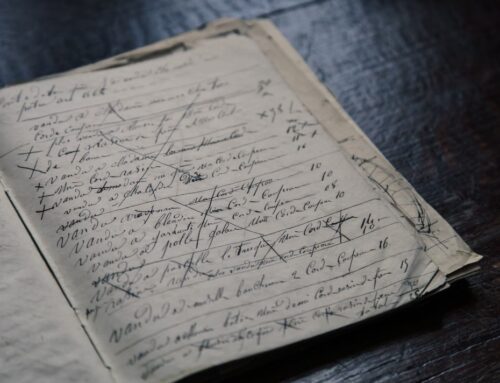In this blog post, we will delve into the art of analysing Sujata Bhatt’s poetry to uncover the layers of meaning and emotions hidden within her verses. Sujata Bhatt is a renowned contemporary poet known for her evocative and thought-provoking works that often explore themes of identity, culture, language, and displacement. Her poems are rich in imagery and symbolism, making them a fascinating subject for analysis.
1. Read and Re-read the Poem: The first step in analysing any poem, including Sujata Bhatt’s, is to read it carefully. Start by reading the poem through once to get a sense of its overall theme and tone. Then, read it again, paying close attention to details such as imagery, metaphors, and language use.
2. Understand the Poet’s Background: Sujata Bhatt’s personal experiences and background often influence her poetry. Research her life, cultural heritage, and the historical context in which she wrote. This will provide valuable insights into the themes and emotions embedded in her work.
Search For My Tongue by Sujata Bhatt – Poem Analysis
3. Identify Key Themes: Sujata Bhatt’s poetry often explores themes related to identity, displacement, language, and cultural heritage. As you read, identify the central themes and motifs that resonate throughout the poem.
4. Analyse Imagery and Symbolism: Bhatt’s poetry is known for its vivid imagery and symbolism. Look for metaphors, similes, and other figurative language that enhance the poem’s meaning. Consider how these elements contribute to the overall message.
5. Examine Language and Diction: Pay attention to the poet’s choice of words and the language she uses. Note any recurring words or phrases and consider why they are significant in the context of the poem.
6. Explore Tone and Mood: Analyse the tone and mood of the poem. Is it hopeful, melancholic, or introspective? Understanding the emotional atmosphere of the poem is crucial to grasping its underlying message.
7. Consider the Structure and Form: Take a closer look at the poem’s structure and form. Is it a sonnet, free verse, or another form? How does the structure enhance or reflect the poem’s content?
8. Relate to the Title: The poem’s title often holds clues to its meaning. Analyse the title in relation to the content and themes explored within the poem.
9. Discuss Poetic Devices: Examine poetic devices such as alliteration, enjambment, rhyme, and rhythm. Discuss how these elements contribute to the overall impact of the poem.
10. Consider Cultural and Historical Context: As Sujata Bhatt’s poetry frequently touches on cultural and historical themes, it’s essential to consider the broader context. How do societal and historical events influence the poem’s meaning?
Analysing Sujata Bhatt’s poetry can be a rewarding experience, offering insights into complex themes and emotions. By carefully reading, researching, and examining the various elements of her poems, you can gain a deeper appreciation for her work and a richer understanding of the profound messages she conveys. Remember that poetry analysis is a subjective endeavour, so don’t hesitate to explore your own interpretations and insights as you engage with Bhatt’s poetic creations.
If you require further help, check our website where you can find an in-depth course on Sujata Bhatt’s Poetry by clicking here.












